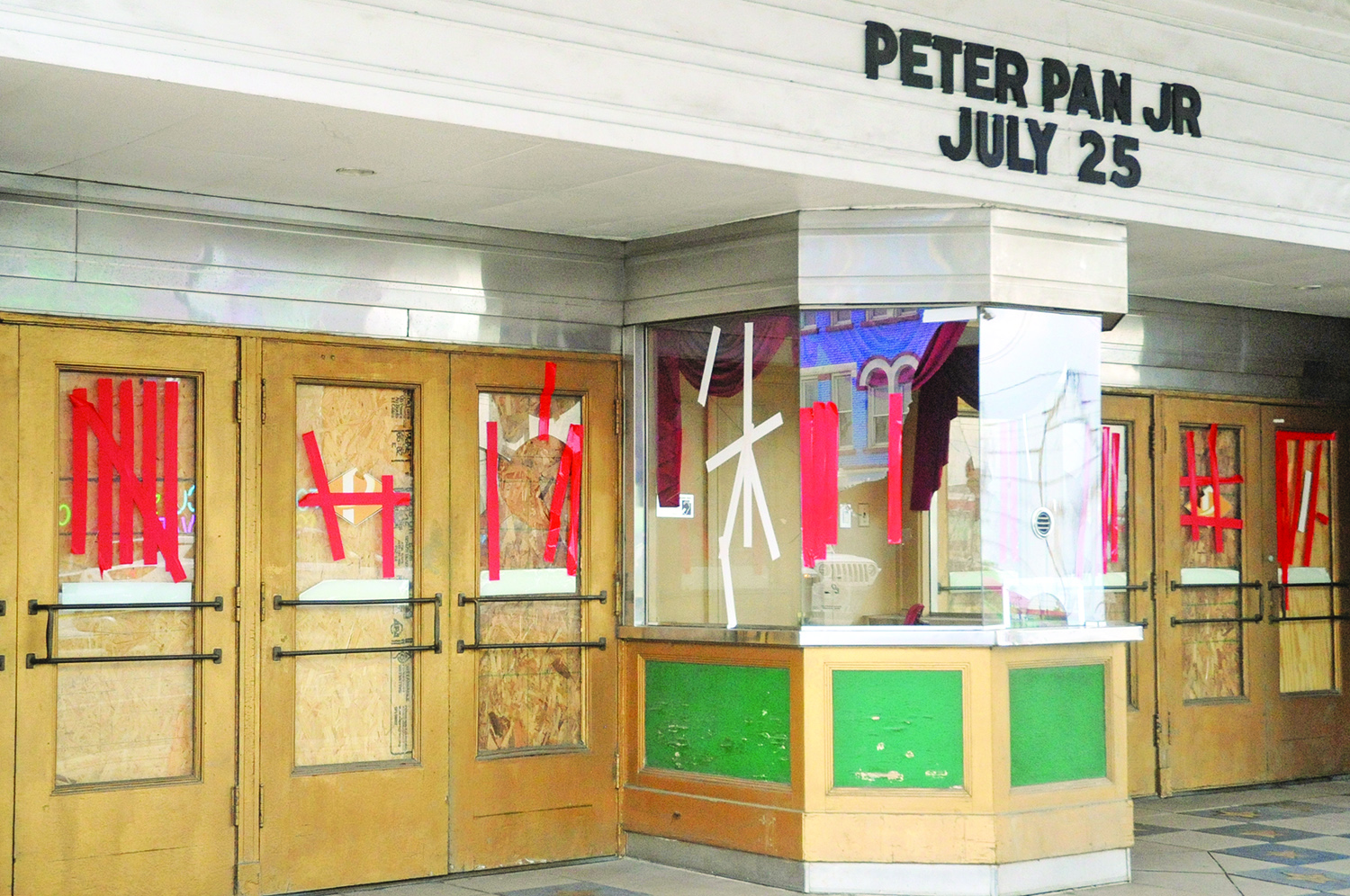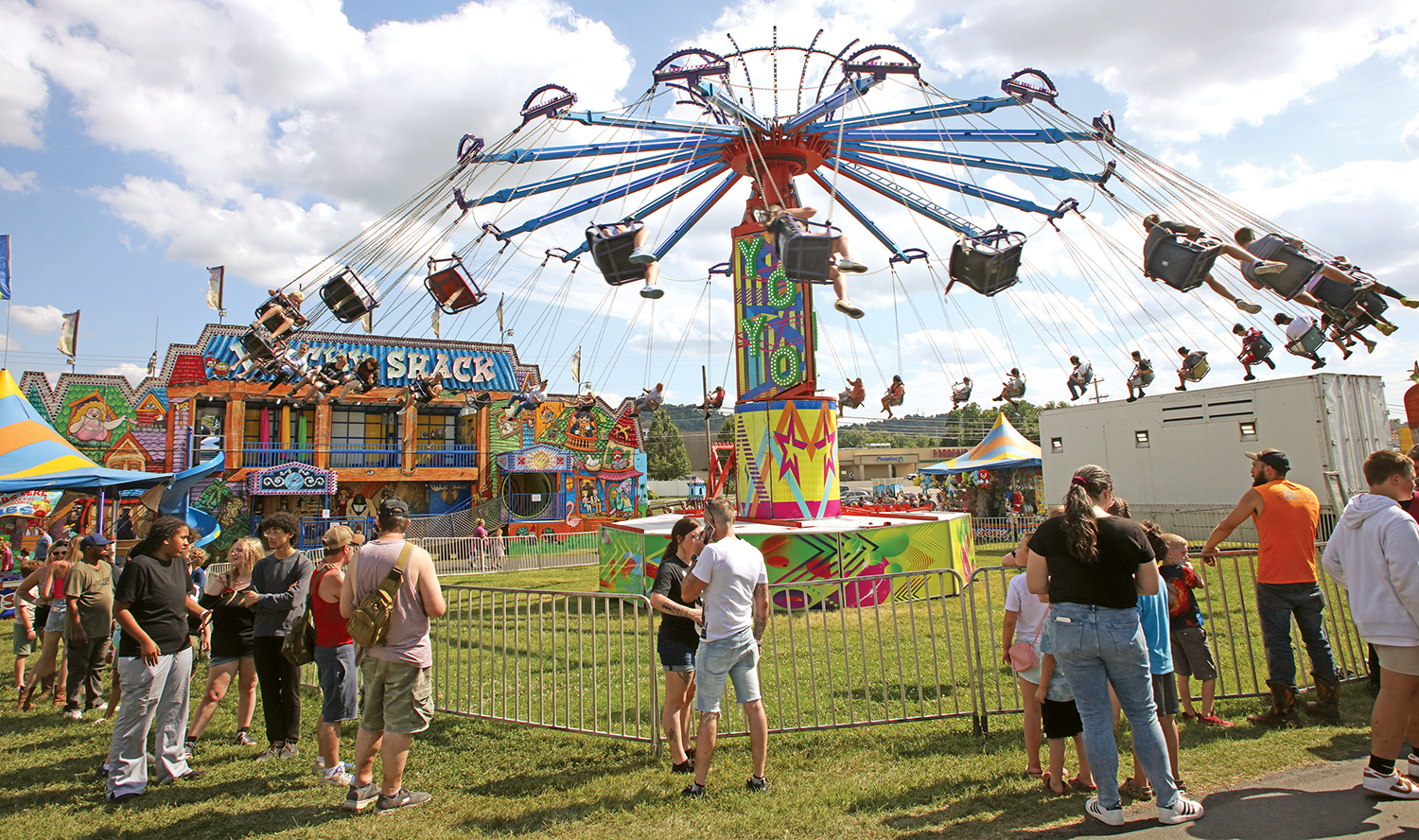Wall offers moving experience
Published 10:16 am Wednesday, July 31, 2013
The Moving Wall is coming to Ironton for the first time. It will arrive on Aug. 15 and be here until Aug. 19 along with the Ohio Flags of Honor.
Both displays will be open 24 hours per day and are handicapped accessible. This will be a great opportunity for our Vietnam Veterans who have not had the chance to visit the wall in Washington DC. The Wall and the Ohio Flags are being hosted by The American Legion post 433 of Ironton.
The Wall is solid, its granite face designed to resist the elements for all time. Yet as visitors touch its surface, the Wall becomes almost fluid. Small ripples of hope and healing spread ever out-wards. Like the concentric circles created when a stone is tossed into a pond, the impact of the Wall grows and grows.
Trending
In 1982 John Devitt, a former helicopter door gunner and Army veteran, visited Washington, DC for the dedication of the Vietnam Veterans Memorial and to participate in the National Salute to Vietnam Veterans. The visit and experience changed Devitt’s life and led to the creation of the “Moving Wall,” which has since moved millions of people.
His story is one of thousands spawned by the Memorial. As Devitt explains, “When you approach the Memorial, you don’t recognize what’s going on. It’s visual experience that words cannot describe. Then suddenly, as the words inscribed on the Wall come into focus, it’s so subtle, you’re drawn in and it’s too late. You’re riveted and the emotions just poor forth.”
This emotional outpouring and the pride of having participated in a parade honoring Vietnam veterans inspired Devitt to dedicate the next 11 years of his life to giving people all across the nation a chance to experience a similar catharsis.
Originally, Devitt and his friends had hoped to create a photo mural of the Wall, but when the negatives proved unusable, they came up with another solution. The concept was simple: build a replica of the Wall in Washington which could travel across the country, so that everyone who couldn’t visit the Wall could share the experience and emotion which it evokes.
Devitt’s idea was deeply personal. He had been out of work when the Wall was dedicated, and had made the trip with financial help from family and friends.
“There were millions of people who would never be able to come to Washington,” he realized, “I wanted them to be able to see and fill what I had.”
Trending
His emotions ran deep. “Before 1982 I never felt like I needed tided a parade or a memorial,” he says. He had come to the Wall expecting to dislike it, anticipating it would be as some media stories, had said, “a black gash of shame,” Instead, the Wall changed his life; it gave him a new mission and sense of pride in his military service. With the help of a few friends, Devitt set out to build a movable wall.
They estimated it would take $40,000, however, pooling their savings they could only come up with $2,55.00.
They decided to seek assistance in raising the necessary funds.
“We had a tough time in the beginning, convincing people about what we were trying to do,” explains Devitt. “The Wall is a visual thing. When you tell people you want to build a half-scale replica, they think miniature and model; they don’t realize the power of Maya Lin’s design.”
Searching for a way for the work to be completed, they sought contributions of goods and services. If they couldn’t get the material donated, they could at least arrange credit terms and discounted pricing.
We were totally surprised by the reaction of the businesses we approached. I didn’t even have a credit card at the time, but when we talked to various companies and explained what we were trying to do, they were very sympathetic.
Many took the job on our word. “Devitt says, “I knew that once we got started, it would pay for itself. And if it didn’t, we were prepared to pay for it ourselves. “He was convinced of the need for the Moving Wall.
The first Moving Wall was built of Plexiglas, with each name silk-screened onto the panels. The photographic negatives of the names were made available by the Vietnam Veterans Memorial Fund, the organization responsible for building the Memorial. When new names are added to the Wall, they are also added to the Moving Wall at the end of its season. In its present form, the third generation, the Moving Wall consists of aluminum panels and is a half scale replica of the original.
In the 11 years since the Moving Wall has been in existence, it has been visited by millions of people, in over 410 locations. While the material of the Moving Wall has changed, its impact remains the same.
The Moving Wall was first displayed in 1984 in Texas as part of the Tyler Rose Festival.
“We hadn’t even put up the fifth panel when a Gold Star Mother placed a beautifully decorated candle at the base of the panel where her son’s name was inscribed,” Devitt recalls.
Just like in Washington, people began to leave mementoes, so many, in fact, that Devitt decided to have them shipped to the Moving Wall’s off-season home. He hopes to build a museum to display the items, but for now concentrates on making sure the Moving Wall travels to as many cities as possible.
When you think about it, he says, “two or three million people visit the Wall every year. There are ten or twenty times that many people, who, for whatever reason, will never be able to make the trip to Washington.”
Ted Riedel is the chairman of The Moving Wall and the Ohio Flags of Honor. He can be reached at (740) 646-0269.





